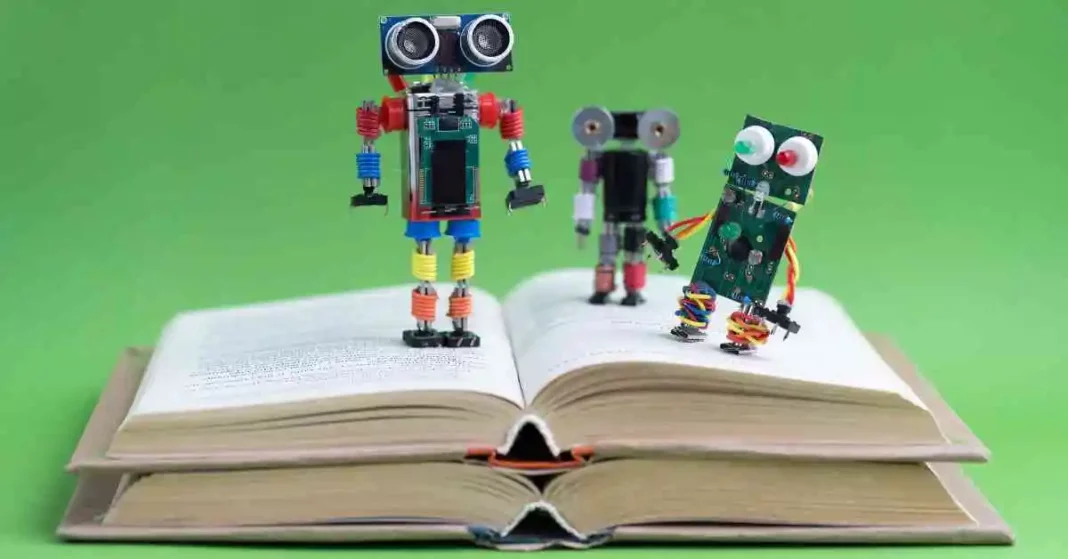Comparative analysis is a business tool that reduces emotion through fact objectivity. Mature organizations use it to understand past successes and challenges and identify improvement opportunities.
Hardware development requires multiple parallel synchronized phases, including designing a manufacturable product, manufacturing process, tools, testing and inspection, and supply chain management. It makes significant changes to a hardware product mid-development incredibly costly, even impossible.
What is Hardware?
Computer hardware consists of all the computer’s physical parts that you can touch. It includes the monitor, keyboard, mouse, and internal components like CPU, RAM, motherboard, and hard disk. A computer must have the correct hardware to function correctly. Hardware is also necessary to run the software that makes the computer work.
Computer hardware can be divided into four main categories: Input, output, storage, and internal components. The input devices consist of all the devices through which the user inputs data and information into the computer. They include the keyboard, mouse, and microphone. The output devices are the ones that display the outcomes of the user’s job completion. They include the monitor and printer. The storage devices are the hard drives, memory, and CD-ROMs that store all the data and information on the computer. Internal components include the primary circuit board or motherboard, processor, graphics sound card, and memory chips.
A computer operates by utilizing all of these parts in concert. It is feasible to employ software with them because they are the fundamental components of a computer. Consequently, it is essential to understand how hardware vs software differ. This information applies to many other fields and is even covered in the computer awareness sections of numerous government exams.
Describe software
Software is a group of guidelines or programs that describe how to operate a computer. It includes everything from the operating system to a diagnostic tool or video game. It’s also a generic term that describes all computer functions that don’t refer to hardware components.
While all software provides the direction and data computers need to operate, different types work in distinctly different ways. The two main categories are system software and application software. System software constantly runs in the background, monitoring and facilitating all operations between user software and hardware. This category also includes utilities and interface software that help the computer run more efficiently.
Applications, on the other hand, perform specific tasks for users. These include word processing and spreadsheet programs, image editing software, communication platforms, and more. It’s important to note that application software cannot run without the OS and other supporting system software programs.
The word “software” was first coined by statistician John Tukey in 1958 to differentiate it from hardware, which are tangible, physical resources that can be touched. Today, we rely on software for almost all of our daily activities. Most of this software is developed by independent coding experts, teams of engineers, or large corporations that compete for our attention.
What is the Difference Between the Two?
Computer hardware and software work together to make a computer function. Hardware includes physical components such as the monitor, keyboard, mouse, speakers, printer, and hard drive. The software consists of programs that tell the hardware how to operate. The primary distinction between hardware and software is that hardware does not deteriorate over time. However, both can contain flaws and glitches. Hardware also requires regular replacement because it can become damaged due to environmental factors like dust, overheating, and humidity. Software is prone to problems like overloading, systematic errors, major-minor version errors, and syntax errors.
Programming languages software engineers use vary, and they might publish their code on GitHub or elsewhere. However, hardware engineers typically use proprietary software, which is expensive and requires licensing. Hardware development iterations are longer than software iterations because each design is first translated into a physical prototype.
Designs for new hardware are often based on previous products and usually rely on next-generation components that may be available later. It limits the design options for hardware, and it can take longer to test a hardware product because the design cannot be easily modified. In general, the price of creating a software product stays constant over time, but the price of creating hardware rises quickly as a project nears its conclusion.
What distinguishes hardware development from software development?
Software and hardware are both necessary for digital technology to function. The difference is that while hardware includes all physical components inside a computer or device, software is the protocols and instructions that tell the hardware how to perform its tasks. It is impossible to have a functioning computer without any software installed, and the same is true for many other devices like cell phones, GPS units, assembly line robots, and air traffic control systems.
Unlike computer hardware, which can be physically damaged, a software program cannot wear out over time or become corrupted. The only thing that can damage a piece of software is an error in its programming or some other environmental factor. The software can also be updated and changed after it has been released, as new versions are developed that provide greater functionality, improved technical specifications, or answer a consumer need.
The differences between hardware and software engineers are vast in how their work is performed. Most engineering teams execute most of their projects using a waterfall approach. While there is a push to be more iterative, many engineers need help with the process due to a combination of homegrown solutions and disconnected project management tools. The need for easy-to-use collaboration tools makes tracking changes, comments, and issues a challenge and results in a lot of duplication of effort.














